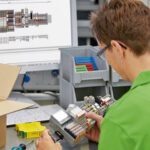How to Select Electrical Connectors for LEO Satellites
The challenges of space are extreme: Outgassing, UV radiation, vacuum and oxygen conditions, and the unique harsh environment factors of low Earth orbit require careful consideration in component selection.
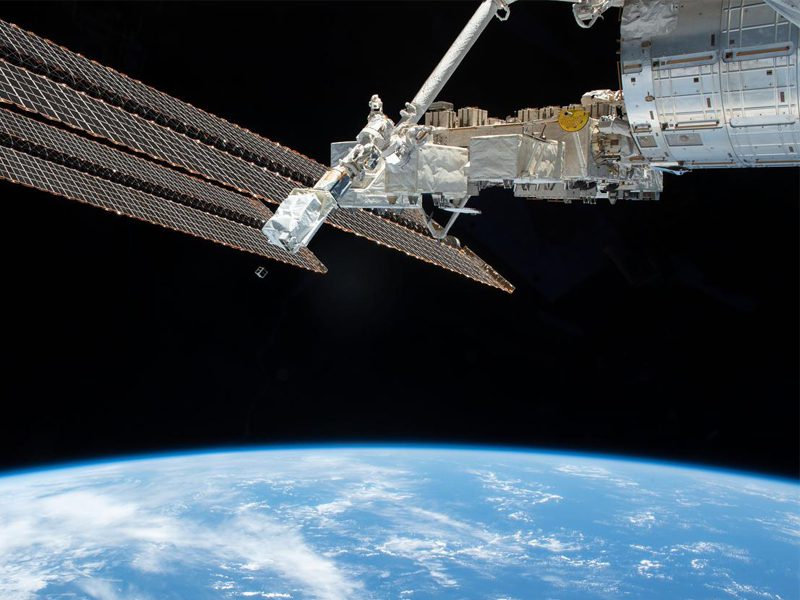
Humanity launched the first rocket into space in 1949 and in the decades since, we’ve sent manned space shuttles, stations, low Earth orbit (LEO) satellites, probes, telescopes, landers, and a variety of other spacecraft beyond the bounds of Earth. Even so, space remains a new frontier and like all pioneers who forge ahead, those who venture there must continuously innovate to overcome its challenges.
Huge investments are going into commercializing space. It is now easier and cheaper than it has ever been to put artificial objects into orbit around our planet, and an increasing number of services are being created to take advantage of that. This includes a great diversity of satellites, with varying sizes, functions, and operational lifetimes These are complex systems that need to be optimized for size and weight to keep costs as low as possible. Key to improving LEO satellite functionality and endurance is the design of efficient equipment that utilizes high reliability and high-performance connectivity components.
Today’s LEO satellites are smaller and lighter than ever, thanks to miniaturized electronic components. Hardware size, weight, and power advancements have brought about the creation of micro-satellites, nanosatellites, pico-satellites, and even femto-satellites.
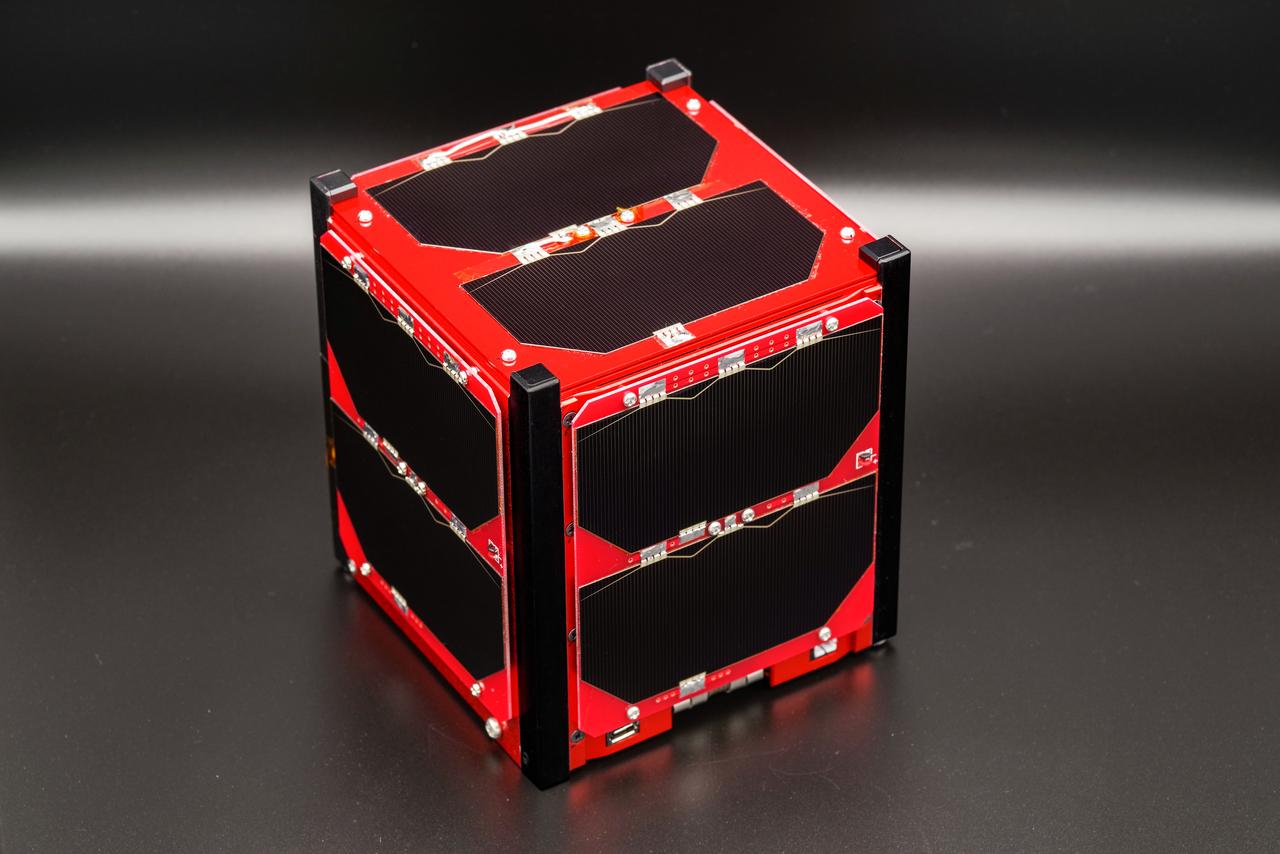
A preflight view of the WARP-01 flight unit. The WARP-01 satellite is a 1-Unit (1U) CubeSat that deploys during the JEM Small Satellite Orbital Deployer-16 (J-SSOD-16) micro-satellite deployment mission. WARP-01, was developed by the University of Tsukuba and Warpspace Inc. Photo courtesy of: WARPSPACE Inc.
Most satellites launched are LEO satellites that orbit around planets and other celestial bodies. While this equipment isn’t operating in the vast and extreme harshness of deep space, they still must be ruggedized to endure an environment unlike any on Earth. Surprisingly, many components used in LEO satellites are off-the-shelf commodities that have been designed for harsh environments on Earth.
Other satellites are destined for further reaches. Geosynchronous equatorial orbit (GEO) satellites move at the same velocity as the Earth on a path that is parallel to the Earth’s rotation, making them appear to be stationary in the sky. MEO satellites orbit at a lower altitude than GEO, usually occupying space between 5,000 and 12,000 km (3,100 – 7,500 miles). The extremes of space at every level present specific challenges, so selecting components requires an evaluation of performance under these unique conditions.
Vacuum environments
The vacuum of space creates extremely low pressures, causing any vapor captured in a material to be expelled. This process, known as outgassing, releases compounds into an enclosed area, such as inside a satellite. When outgassing vapors collect on the surface of critical components such as sensors or photovoltaic materials, they damage equipment or degrade performance. Vapors may also collect on surfaces of components, including mating interfaces, leading to short circuits or reduced data and signal transfer. NASA maintains a materials database that details outgassing characteristics in terms of Total Mass Loss (TML %) and Collected Volatile Condensable Materials (CVCM %). The ASTM (American Society for Testing and Materials) standards E1559 (Test Method for Contamination of Outgassing Characteristics of Spacecraft Materials) and E595 (Test Method for Total Mass Loss and Collected Volatiles Condensable Materials from Outgassing in a Vacuum Environment) define the methods for measurement.
NASA issued the space station external contamination requirement SSP 30426, which defines the limits for molecular deposition and the release of particulates. To comply, materials should meet a TML of 1.0% and/or CVCM of 0.1%. Those materials prone to outgassing are often chemically derived, such as composites. These materials are commonly used in the design of connectors because they also exhibit good resistance, making them ideal electrical insulators. Connector manufacturers intending to qualify their products for use in space flight must demonstrate compliance with these standards.
Atomic Oxygen
Any material in space may be exposed to the aggressive oxidizer, atomic oxygen (AO). This is formed when oxygen reacts with UV radiation. The single atoms in oxygen bond with other oxygen molecules. In the Earth’s atmosphere the reaction is not sustained, but in space, the abundance of UV radiation prolongs the reaction. In LEO, 96% of the oxygen present occurs in atomic form. Metals and plastics can be affected by the presence of AO. If fluorine is used in a polymer, for example, the reaction increases with prolonged exposure to AO. PTFE, which is commonly used as the insulator for electrical wire, reacts when AO is present and exposed to UV. Wires with ETFE insulation are preferred in space applications for their good dielectric properties and resistance to thermal variations. However, as sunlight is a great source of UV radiation, ETFE-coated wires should not be exposed to sunlight in an LEO application. Connector manufacturers are developing solutions that can provide some protection against the presence of AO.
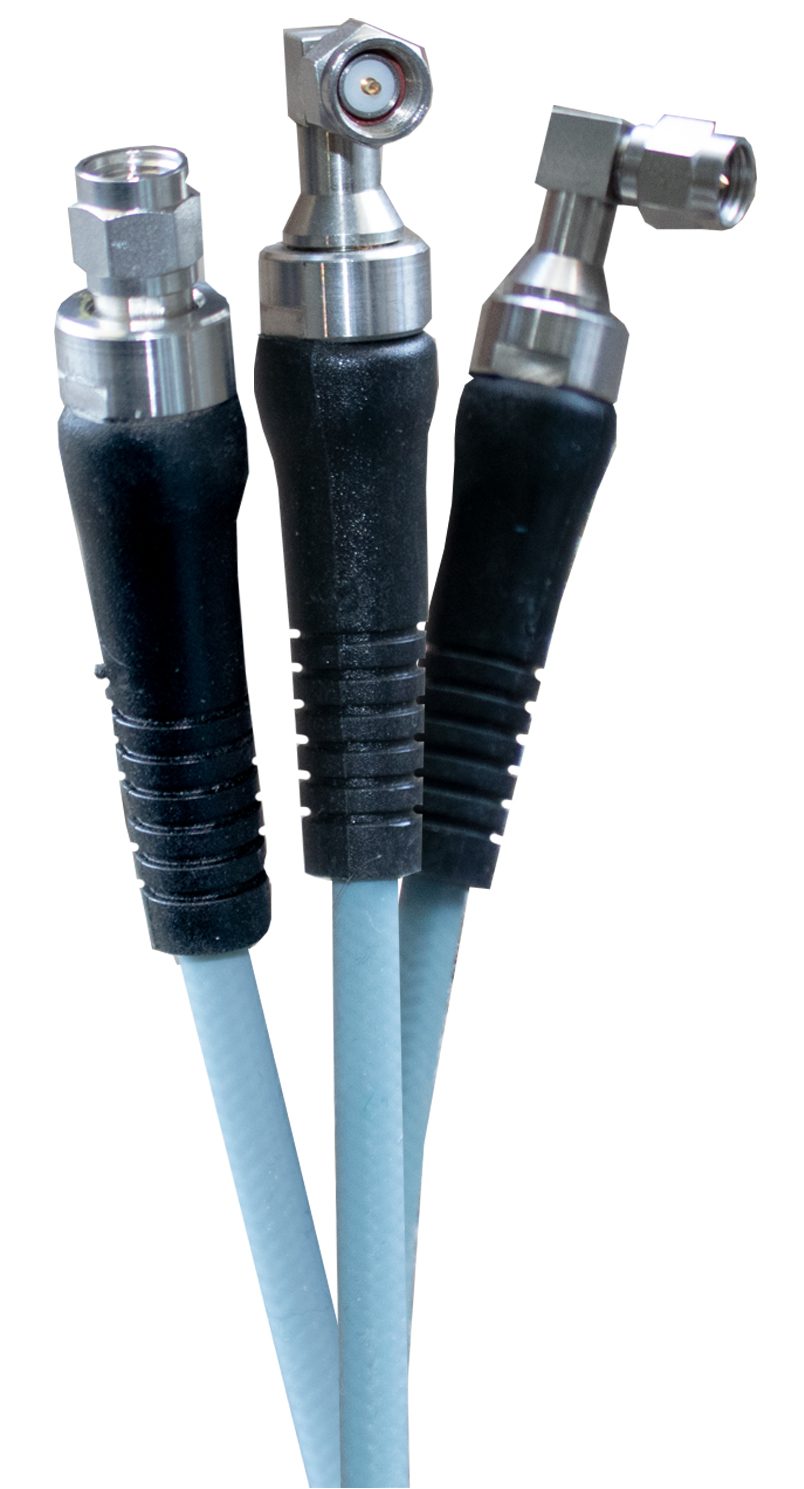
Semflex RF/Microwave cables and cable assemblies offer high performance, low attenuation, and flexibility for military, aerospace, and high-end commercial applications.
UV Radiation
Because there is no atmosphere to protect against the sun’s UV radiation in space, its ability to damage materials is much more extreme. It is a particular threat to the integrity of plastics such as those used as insulators in connectors. Exposure to UV radiation can change the mechanical structure of polymers, manifesting as hardening (cross-linking) or weakening (chain scission). Additives may be introduced to the polymer to reduce the effects, but generally the use of connectors in areas that are exposed to UV radiation should be minimized in LEO satellites and other space applications.
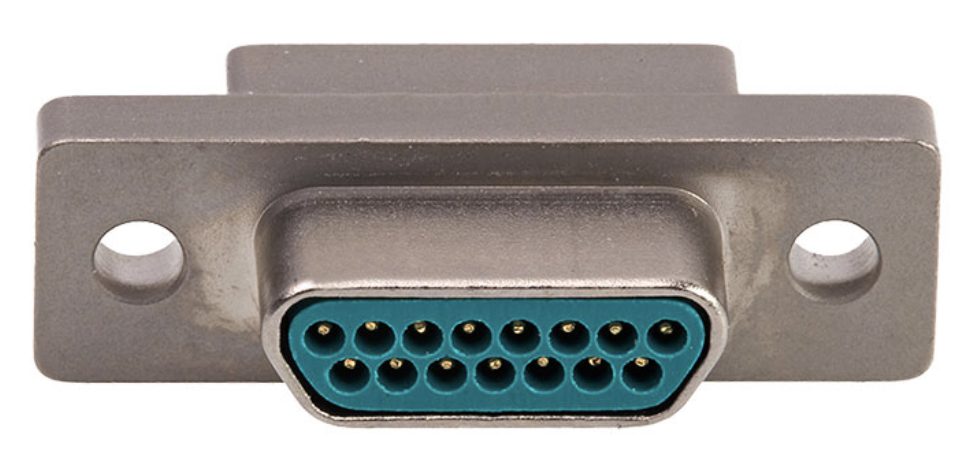
Cinch DURA-CON MIL-DTL-83513 Micro-D metal shell connectors are qualified and listed on the Defense Logistic Agency’s (DLA) Qualified Product Database (QPD). The durable aluminum shell provides EMI shielding and is D-shaped to provide polarity and improve installation reliability.
Temperature
The variations in temperature found in space are much more extreme than any found on Earth’s surface. This is due to the lack of diffusing atmosphere and the equipment’s exposure to the sun’s radiation, which varies in relation to its orbit. The temperature variation will be dependent on the thermal absorption or radiation properties of the material, but could be in excess of 200 °C. All materials have a Coefficient of Thermal Expansion (CTE) but not all materials have the same CTE, which means there can be a mismatch between two materials in the same assembly. This can lead to damage caused by the different rates of CTE in the same system as the equipment cycles through temperature extremes. Charged particle radiation is another consideration for space equipment. The main sources of this damaging radiation are galactic cosmic rays, solar proton events, and trapped radiation belts.
Cinch Connectivity Solutions has supplied the space industry since the 1970s and is developing solutions for missions scheduled for decades into the future. To learn more about connectivity for LEO satellites and other space-bound technologies, visit Bel Fuse.
Like this article? Check out our other How to Specify, Harsh Environment, Mil/Aero Market articles, and our 2024 Article Archives.
Subscribe to our weekly e-newsletters, follow us on LinkedIn, Twitter, and Facebook, and check out our eBook archives for more applicable, expert-informed connectivity content.
- How to Select Electrical Connectors for LEO Satellites - April 9, 2024
- SWaP-Optimized Rectangular Connectors for Harsh-Environment Mil/Aero Connectivity - November 16, 2021



